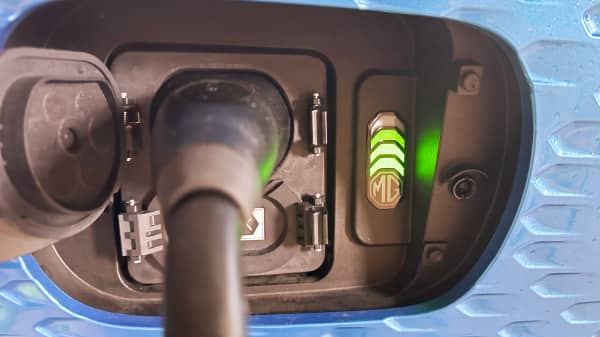
Pondering on EV charging, surveys and more…
A survey just landed in my inbox with the headline stating that “34% of Australians Unable to Install an EV Charger at Home”.
Which is, on the surface, a hell of a catchy subject line, and one that I’m sure will be twisted in all kinds of interesting ways by different interested parties. So I thought it might be interesting to dive into those statistics.
But first, a simple observation; like any survey, they are not really “showing” much of anything at all. Any headline that runs with any kind of absolute observation is working within the constraints of that survey, in this case of 1,000 people. You take those numbers, extrapolate out and that’s your survey figure. It’s standard stuff, but it doesn’t “show” something as much as it suggests a trend in whatever it is you’re surveying about.
I’m not having a go at the company in question (Savvy, a comparison site, and yes, I’ve worked for a couple of competitors of theirs, but these are independent observations) and I’ll give them the benefit of the doubt and presume that they’ve chosen a representative sample of the population for this particular survey and done everything correctly in a meaningful and statistical way.
But still… 34%?
I have one big concern about that figure, while not doubting that there are indeed a substantial number of Australians for whom EV charging would be a challenge.
I’ve reached out to Savvy for clarification and to see if I can get the survey questions used, but the point that I think needs to be made here — and it’s one that’ll either be missed or very deliberately glossed over by the anti-EV crowd — is that if you can get your car to within striking distance of your house, you can charge an EV from a standard Australian power socket. Many models being sold come with the requisite cable, and for those that don’t, they’re pretty easy to source.
Now, that is a slow way to charge an EV, especially a higher end model, because you’re probably only adding a few percent of the battery total each hour. If you had a fully flat EV that you wanted up to 100% away from home, you’d be looking at more than an overnight stay if that was the case. But we’re not talking here about travel charging.
Statistically (there’s that word again), the typical drive in Australia daily is something like 40km and change per day, and that’s easy to recoup on any EV with an overnight charge out of a wall socket.
Again, giving benefit of the doubt, I don’t quite think that’s what the survey was asking, perhaps, and there’s also the question of what the respondents understood of the market and what they actually needed.
Update: Savvy has indeed responded, and the question posed was around what was called an “EV Charging Station”. That’s not a wall plug style solution to be fair to their survey, though I’m waiting to hear back as to whether people were informed of the difference.
I could see a position where near that percentage — maybe even more — were not in the position of installing a faster home charger than a wall plug will allow for. If that’s what they mean by “EV Charger”, then yes, there’s scope there for that extrapolated figure to perhaps bear fruit.
An installed EV charger working off the right electrical wiring can cut down charging times for just about any EV to a much more manageable number of hours, at cost and with complexity. You can’t just plug a special box into your wall socket and have at it, for sure.
Still, what concerns me here is that this is going to be spun into “43% of the Australian population CANNOT charge an EV at home, period, ever, at all”.
And that’s just not true. Far too many people just don’t get this simple reality and assume that they must have an expensive installed charger, or that they would have to use public charging infrastructure to use an EV at all. A quick spin on these figures could well send them down entirely the wrong path.
Update: Savvy have gotten back to me again to further clarify; while the phrase “EV Charging Station” was what was used while surveying, respondents were not queried as to whether they understood what that meant at all. Savvy’s representative did note the slower speeds of wall charging (and they’re not wrong, not at all), but still, this does assume that respondents understood the differences in the technologies and connections here — and it’s an important one.
Also read:
MG ZS EV 2023 Australian Review: More Affordable — But Is It Worth It?
Chargefox will start charging idle fees for EVs that stay too long

Dead right. I charge my PHEV from a standard powerpoint and get 30-35km range which covers most of our urban trips. We rarely add fuel to the tank while we’re in the city.
People in flats/apartments have a big problem even charging from a power point – they don’t have a personal power point near the car parking & generally can’t use a body corporate one.
I also had a charging cabke/controller stolen from our driveway. Replacement is padlocked.